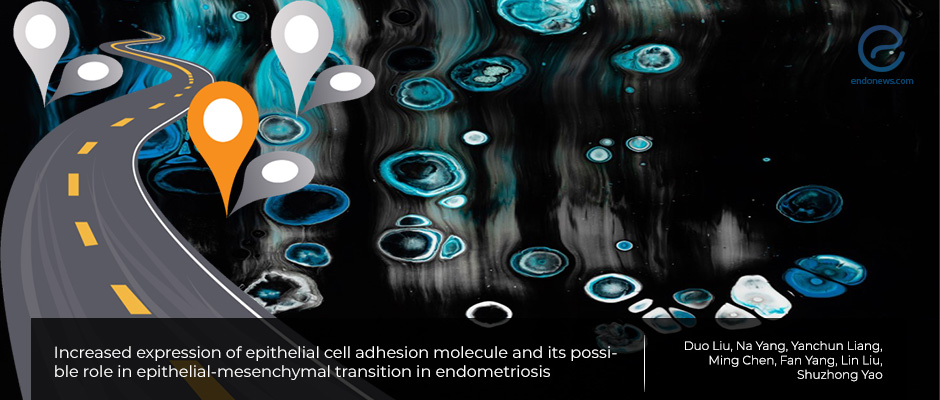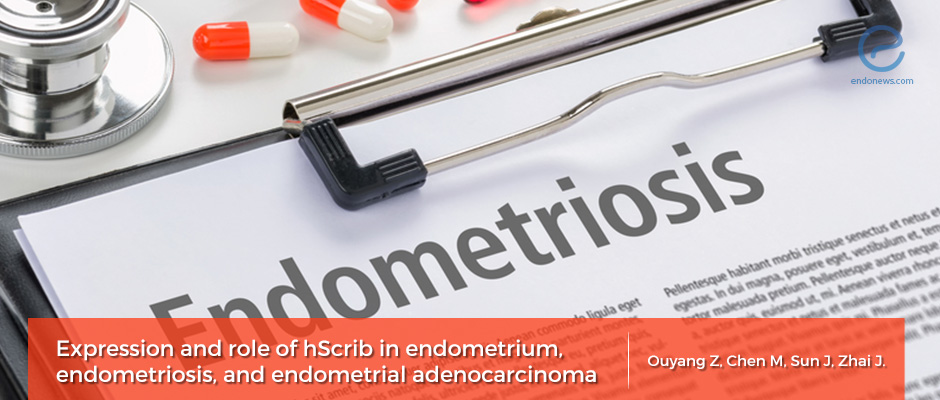Increased expression of epithelial cell adhesion molecule and its possible role in epithelial-mesenchymal transition in endometriosis.
Endometriosis is an estrogen-dependent disease that functional endometrial tissue exists outside both the uterine cavity and myometrium. The pathogenesis of endometriosis remains unclear and controversial. According to the implantation theory, which is the most well-known, migration and invasion are two…
Key Points Lay SummaryThe role of adhesion molecules, E-cadherin and hScrib, in endometriosis
Dr. Zhuo Ouyang and associates from the Capital Medical University, Beijing, China have recently published their research related to adhesion molecules in "Medicine (Baltimore)". Endometriosis is a “benign gynecological disease with some similarities to cancer”. Adhesion molecules E-cadherin and hScrib…
Key Points Lay SummaryKey to Understanding Ovarian Endometriosis may lay in the Peptides
Xue et al. recently published a paper titled “Peptidomic Analysis of Endometrial Tissue from Patients with Ovarian Endometriosis” in Cellular Physiology and Biochemistry. The research group from various departments of Nanjing Medical University wished to better understand the pathogenesis of…
Key Points Lay SummaryA potential indicator of invasive endometriosis.
Furuya & Masuda et al., in their recent article that will be published in Acta Obstet Gynecol Scand, report that the protein encoded by ZEB1 gene (Zinc finger E-box-Binding homeobox) is a potential indicator of invasive endometriosis. ZEB1 is a transcription factor that has been implicated…
Key Points Lay Summary
 By Dr. Youngran Park
By Dr. Youngran Park

 By Nasuhi Engin Aydin
By Nasuhi Engin Aydin

 By Kasthuri Nair
By Kasthuri Nair

 By Asli Bahadirli Talbott
By Asli Bahadirli Talbott